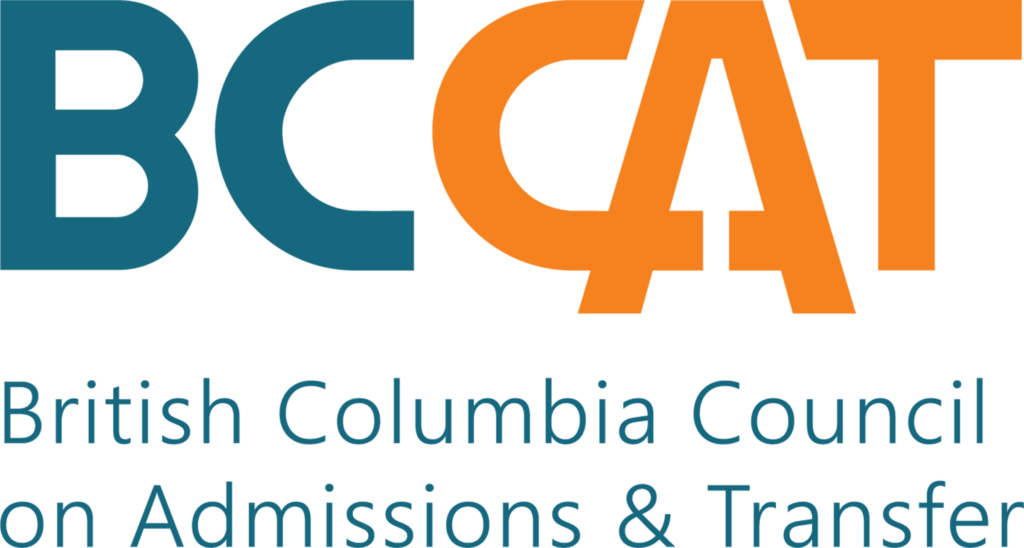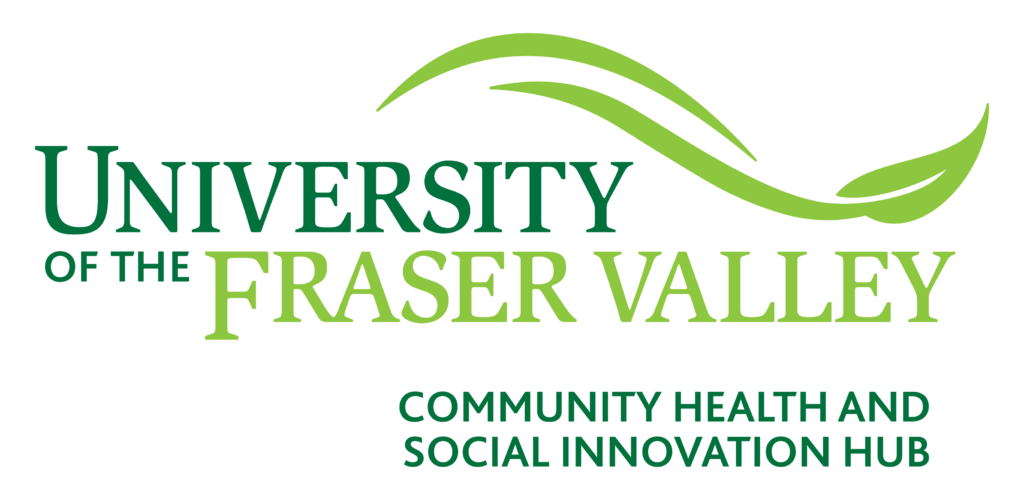Delivery Preferences:
Student Surveys and Institutional Responses
21
Organizations
≈100k
Students
41
Reports
Research on Standardization of Terms
In recent history, online learning was referred to as distance or remote learning. These terms are no longer concise enough to communicate how educators reach students or how students learn outside the traditional face-to-face classroom. Post-secondary educators are often combining online teaching modalities (both asynchronous and synchronous) with face-to-face learning creating new learning modalities. As educators and institutions use technological advancements to customize online and face-to face learning experiences for students, they have updated the terms used to describe learning modalities that combine more than one teaching modality. Lack of consensus on terms was found between institutions. Seeing the need for a standardization of terms, two organizations, the Canadian Digital Learning Research Association (CDLRA) and the WICHE Cooperative for Educational Technologies (WCET) collaborated to investigate the terms educators commonly used. Between 2022 and 2023 they surveyed post-secondary educators to determine the preferences for terms used to describe learning modalities. While the widespread adoption and use of these terms is yet to occur, it would be useful for more post-secondary institutions and educators to adopt these terms for increased coherence across schools.
Modes of Learning Spectrum Terms
| ONLINE LEARNING: “All instruction and interaction is fully online (synchronous or asynchronous).” |
| HYBRID LEARNING: “A blend of online and in-person instruction (online instruction is synchronous or asynchronous).” |
| HYFLEX LEARNING: “Students can move between online and in-person instruction as they see fit (also referred to as multi-access or co-modal learning).” |
| IN-PERSON LEARNING: “All instruction takes place in an in-person setting.” |
| SYNCHRONOUS LEARNING: “Instruction takes place in real-time and requires students’ presence (in-person or virtual) at a set time.” |
| ASYNCHRONOUS LEARNING: “Instruction is available for students to access at a time that works best for them.” |
Source: Johnson, N., Seaman, J., & Poulin, R. (2022). Defining Different Modes of Learning: Resolving Confusion and Contention Through Consensus. Online Learning, 26(3). doi: http://dx.doi.org/10.24059/olj.v26i3.3565

